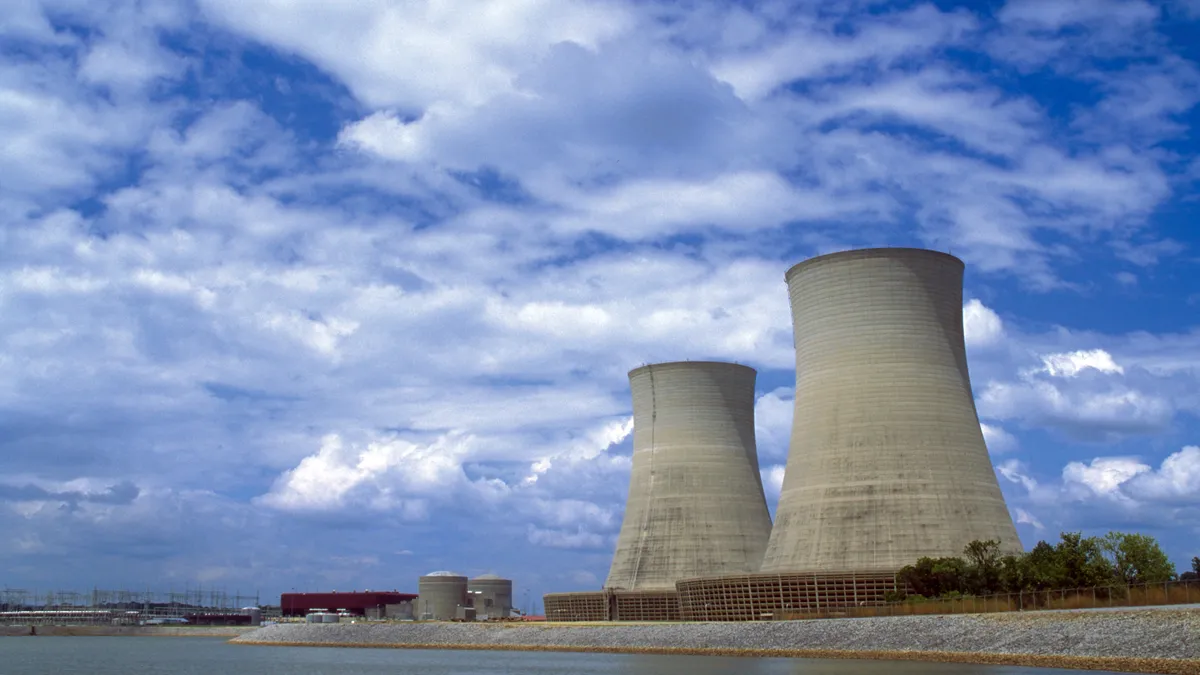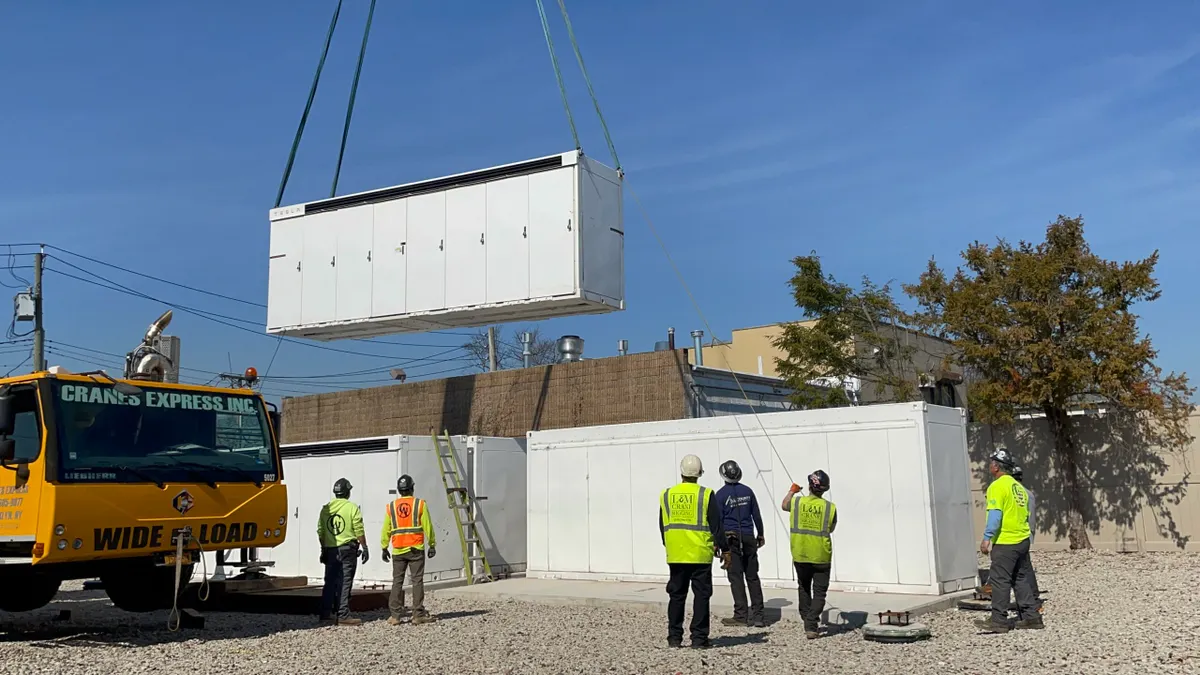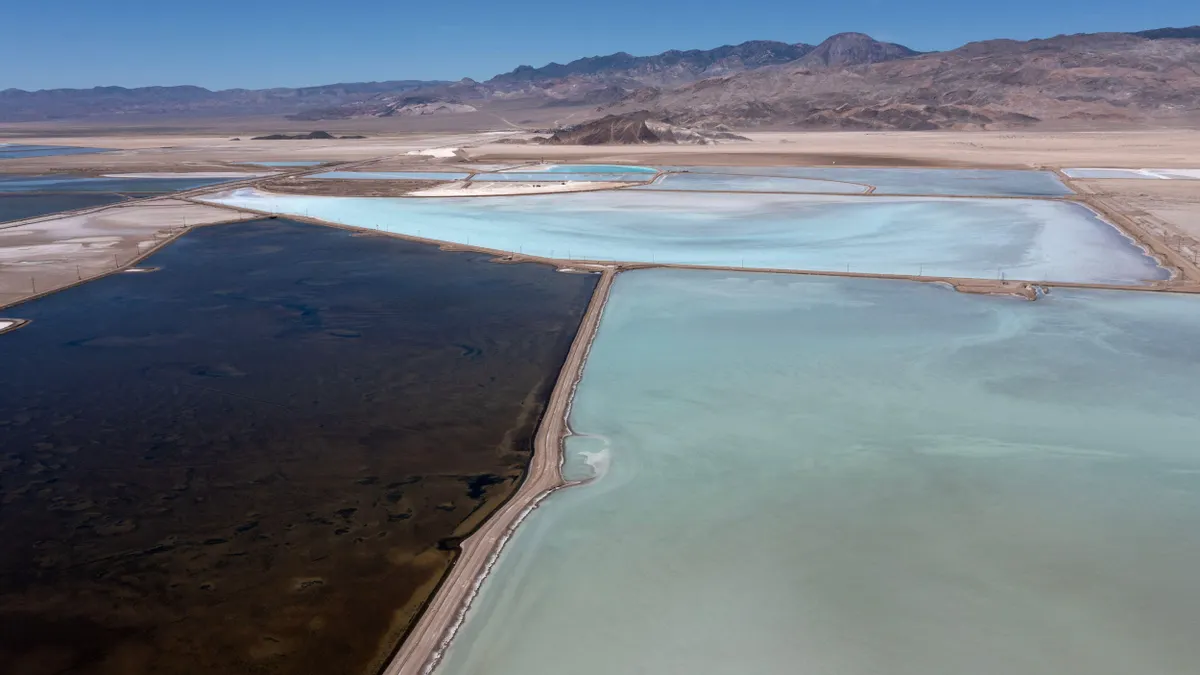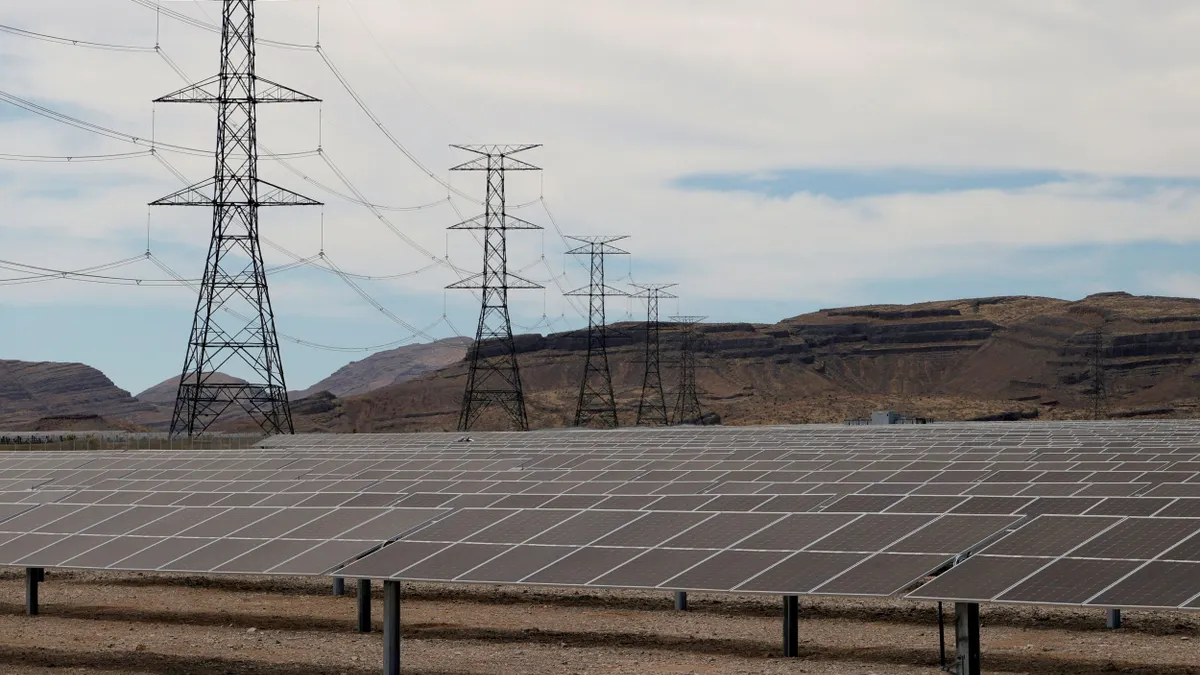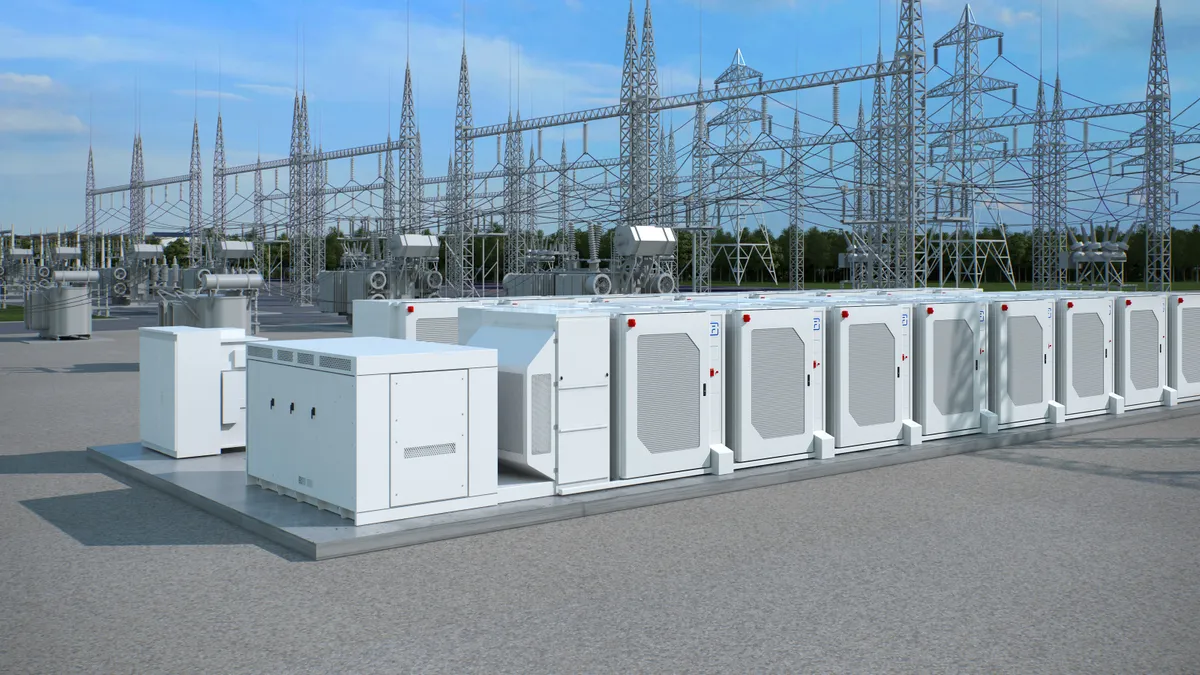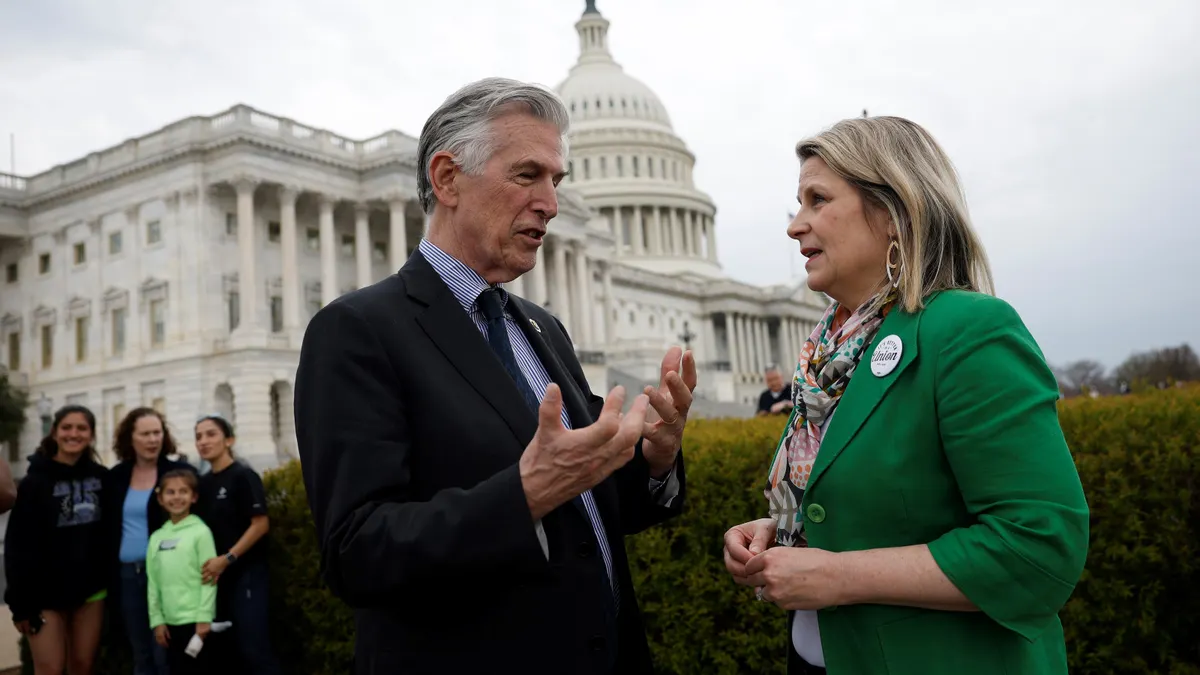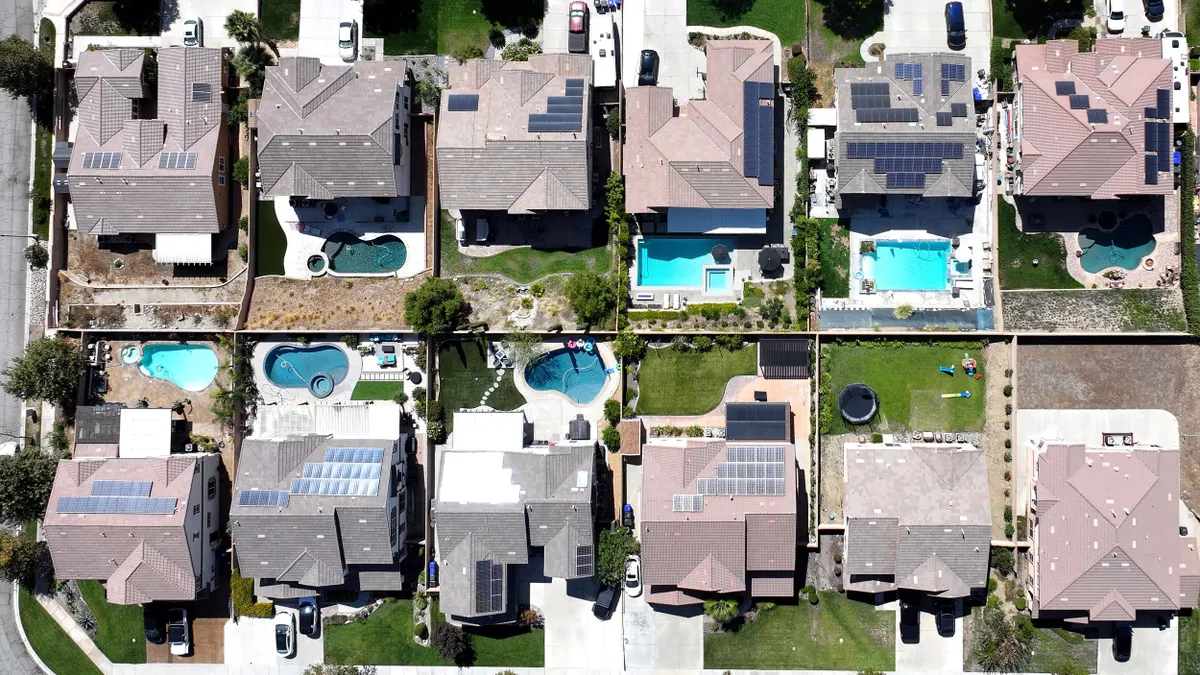Over the last 10 years, community choice aggregators (CCAs) have become a significant presence in California's energy landscape. Now, these local entities are also confronting the state's broader challenges with catastrophic wildfires and prolonged power shut-offs.
A decade ago, MCE — formerly Marin Clean Energy — became California's first CCA. Now, there are 21 CCAs in the state, many of which operate in areas of California that are vulnerable to catastrophic wildfires, as well as public safety power power shut-offs (PSPS). And this year, they're addressing these challenges along with the broader upheaval caused by the COVID-19 pandemic.
"I think that the biggest impact the pandemic is having is really increasing the sense of urgency to get this done quickly, and get our resilience installations done as soon as possible," Dawn Weisz, CEO of MCE, told Utility Dive during a recent interview. "We are very concerned about the impacts of PSPS events during the pandemic, particularly during shelter-in-place orders and social distancing requirements."
When MCE was established ten years ago, it served 8,000 customer accounts in Northern California's Marin County. Today, that number has grown to more than 480,000 accounts, representing over a million residents, across four counties in the Bay Area. That trend also reflects the broader growth of community choice in California — more than 10 million California customers are now served by CCAs, according to CalCCA, a community choice advocacy group, and they have collectively contracted more than 3,600 MW worth of new clean energy.
"We did not anticipate the level of interest and the speed at which these programs would be growing, and the number of customers being served by community choice now is pretty staggering," Weisz said.
'We use an equity lens throughout our programs'
In the last three years, California has experienced a spate of utility-caused wildfires, which caused the state's largest utility, Pacific Gas & Electric, to file for Chapter 11 bankruptcy in January 2019. Parts of MCE's service territory have experienced wildfires, and the CCA has been involved with rebuilding efforts, including coordinating grant opportunities to help out residents who lost their homes, Weisz said.
"While it's devastating, it also creates an opportunity to rebuild in a way that is better for the environment potentially and safer," like constructing homes that are fully electric, she added.
The region is also susceptible to PSPS events during periods of high fire risk and the outages have particularly impacted medically vulnerable people and senior citizens, according to Weisz. Another concern is ensuring critical facilities, like fire stations, schools and community centers, have power.
"[T]his type of work will create jobs, and these are shovel-ready projects that we've identified."

Dawn Weisz
CEO, MCE
MCE is addressing those risks in multiple ways. It has put together a $6 million fund to support resiliency programs, particularly aimed at deploying solar and battery resources for critical facilities and vulnerable customers, Weisz said. The CCA has identified 80 sites in its service territory — including senior facilities, police stations, community shelters and schools — that need these resources and while its existing funding probably won't cover all of them, they are also looking at tapping into California's Self-Generation Incentive Program, as well as potentially federal stimulus dollars, to meet those needs.
"[T]his type of work will create jobs, and these are shovel-ready projects that we've identified," she said.
The aggregator is also looking into applying for funds to equip low-income residential customers with battery back-up, she said. "And again, we won't have enough money to fill the full need, but we're hoping to this year begin getting some of the projects underway and attract more funding as we go forward."
These measures have a dual purpose, since the battery deployments can also be used to shift load, Weisz said. The CCA has a lot of net energy metering customers in its service area, and so during non-emergency times, "we can use that battery to suck up extra energy during the day, when there's a little too much energy going on to the grid, and then discharge it in the evening when we have a need for more energy on the grid," she said.
"We are well aware that the polluting industries tend to be disproportionately impacting communities of color and low-income communities..."

Dawn Weisz
CEO, MCE
As community choice programs run by local governments, CCAs are somewhat uniquely positioned to address energy resilience issues. Weisz, for instance, reports to an elected board that is made up of mayors, councilmembers and county supervisors from 33 jurisdictions.
"Our elected officials tend to be very well-informed about what the local needs are and what the local resources are, so we can really combine efforts where feasible," she said.
At a higher level, the CCA's key priorities include reducing the carbon impact of its electricity and at the same time, counterbalancing some of the inequities that have occurred in the past in the energy sector, Weisz said.
"We are well aware that the polluting industries tend to be disproportionately impacting communities of color and low-income communities, and [they] tend to have less access to the resources that allow them to keep the lights on and pay the energy bills," she said, "So we use an equity lens throughout our programs to figure out how we can tip the scale back, to make it more balanced."
Many of California's CCAs were formed with the aim of implementing decarbonization strategies, Beth Vaughan, executive director of the California Community Choice Association, told Utility Dive. "[N]ot just the energy system, but also the built environment and transportation in particular … being local government, you've got your finger in all of those different businesses and can look at how do we do this comprehensively?" she added.
Weisz believes that the broader growth of community choice aggregation in California speaks to the ability of local government to be efficient and nimble, as well as the financial strength of individual CCAs. However, aggregators do face challenges, including what she calls a "square-peg-round-hole" interface when it comes to rolling out energy programs within a regulatory framework that was built for utilities, and characterized by large, bureaucratic processes.
"I think there [are] a lot of opportunities for collaboration that haven't yet been realized," Weisz said. "And I think we're moving in the right direction and as the strengths that the CCAs are bringing to the table become better understood, I think we're going to see a lot of positive growth on that front."
The challenge for regulators is that California is moving from a system of three major investor-owned utilities that they had extensive regulatory authority over, to a more "balkanized" system with smaller entities that have less procurement experience, procuring smaller amounts of power, Seth Hilton, partner at Stoel Rives, told Utility Dive.
"How does that implicate procurement, and especially the cost of procurement?" he said, adding that the California Public Utilities Commission (CPUC) is also concerned about how this new system could affect reliability.
At the same time, CCAs have the potential to be more creative in terms of how they solve energy challenges, Hilton said. Mike Florio, energy consultant and former CPUC commissioner, concurred that there is "a great opportunity" for CCAs to play a role in mediating between utilities and local communities, on things like microgrids and other resiliency efforts.
"The potential is there for that relationship to be very creative and dynamic and because one is the infrastructure supplier and the other is the commodity supplier, they're joined at the hip whether they want to be or not," he said.







